Types of stone

|
Contents |
[edit] Introduction
Stone, or rock, is a natural substance that is quarried and mined from the earth and used in a variety of applications in construction, including:
- Masonry, including decorative elements such as pillars, swags and porticos.
- Floor and wall tiles and cladding.
- Paving.
- Roof coverings.
- Kitchen work surfaces and table tops.
- Bathroom counter tops, shower trays and basins.
- Fire surrounds, staircases and other decorative elements.
- Aggregate.
- Ballast.
- As a component of concrete, mortar, cement, asphalt and some bricks.
The major rock groups are igneous, sedimentary and metamorphic. The unique characteristics of stone are due to the complex geological processes that have impacted upon it, creating many different types of structure, texture and colour.
Different types of stone lend themselves to different uses depending on their characteristics. It is important to get the right advice to ensure that the correct kind of stone is used.
Different types of stone include:
[edit] Alabaster
A mineral composition of gypsum, light-coloured, translucent and soft, alabaster was commonly used in the medieval period for religious carvings, such as altars, tombs and effigies. It is now used for light fittings due to its translucent nature, but is expensive and rare. For more information see: Penarth Alabaster.
[edit] Basalt
Basalt is an igneous rock that is formed from molten rock that has solidified under pressure. It has a uniform grey colour and is very hard and compact. Its most common use is as an aggregate but polished basalt is also used for flooring, monuments and other stone objects.
Basalt also has the property that it can absorb carbon primarily through a process called mineralisation, where the carbon dioxide (CO2) reacts with the basalt's chemical components to form stable carbonate minerals. This reaction effectively sequesters the carbon, meaning it is locked away for long periods.
[edit] Granite
Granite is an igneous rock composed of quartz, mica and feldspar. It is common and widely occurring and is nearly always massive, hard and tough which makes it suitable for applications that will require wear resistance. It can range in colour from light grey to black, pink, blue and green, according to the mineral content.
Its colours, toughness and low porosity make it a popular choice for kitchen worktops, as it is attractive and resists heat and spillages of food and drink. Internally it is also used for tiles, fireplaces, staircases, where the weight is not a problem, bar tops and table tops. It also lends itself well to use outdoors for water features, monuments and paving.
|
Monument to commemorate the D-Day Landings in Normandy Granite water feature in Manchester development | |
[edit] Limestone
Limestone consists of calcium carbonate formed at the bottom of shallow lakes and seas that has been compacted over time. The primary source of calcite in limestones is marine organisms although other sources do occur. The presence of these organisms means that the stone often has fossil inclusions that form an attractive feature when the stone is polished or honed. It can be categorised as either soft or hard limestone. Various colours can be found as a result of the presence of different minerals in the limestone.
Limestone lends itself to use as floor tiles throughout a building and bathroom wall tiles, shower trays, cladding and vanity tops. In addition, fireplaces and staircases are often manufactured in limestone to striking effect.
It is also frequently used in the fabric of a building such as façades, cornices, pillars and other decorative features, especially in conservation areas where traditional building materials are required, such as Portland Stone in areas of London, Bath Stone in Bath and so on.
See also: Kentish ragstone and limestone.
|
Waterjet cut polished Thala Beige limestone tiles in an entrance hall |
|
|
Portland Stone swags in renovation |
Portland Stone frieze by Julian Opie |
[edit] Marble
Marble is a metamorphic rock that is predominantly composed of calcite or dolomite crystals. It is characterised by its crystal-like texture which is formed by limestone being changed by a combination of heat and pressure. It is both hard and compact.
It has been used as a building material for centuries and is suitable for many applications. It is most often used in bathrooms, spas and so on as wall and floor tiles as well as cladding, baths, work surfaces, basins and shower trays. It is also commonly used for fireplaces, staircases and table tops. It can be used for kitchen work surfaces but will wear more than granite and is more susceptible to staining.
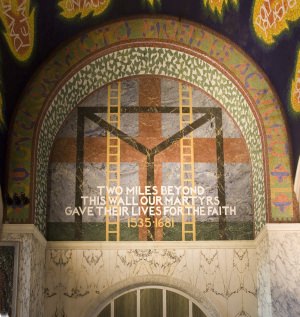 Marble artwork by Tom Phillips in St Georges Chapel, Westminister Cathedral Marble artwork by Tom Phillips in St Georges Chapel, Westminister Cathedral
| |
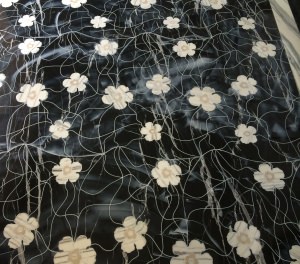 Water jet cut inlaid marble floor Water jet cut inlaid marble floor
|
|
[edit] Onyx
Onyx is formed of parallel bands of chalcedony in alternating colours. It is cryptocrystalline and consists of fine intergrowths of quartz and moganite. It is available in many colours and is often used to create walls with light behind them due to its translucent nature.
|
Onyx bar top in Emirates Airlines Airbus A380 |
[edit] Quartzite
Quartzite is a metamorphic rock which is formed from pure quartz sandstone as a result of heating and pressure. Quartzite is very hard and more resistant to staining than granite. Because of this it is highly prized for use as kitchen countertops, but it is expensive as there are not many deposits suitable for use in this way. Other uses include wall and floor tiles and stairs. Crushed quartzite is also used as railway ballast and to produce industrial silica sand.
|
Bianco Lasa quartzite counter tops |
[edit] Sandstone
Sandstone is composed of quartz particles that have eroded from other rocks, commonly granite, and cohered together with natural cement minerals in ground water before being compacted. The stone’s colour depends on the colour of the sand but tends to warm reds, yellows and oranges. It is often used for building and paving materials and other outdoor uses.
|
Sandstone balls fabricated as garden ornaments |
For more information see: Sandstone.
[edit] Slate
Slate is a fine-grained metamorphic rock that is formed when sedimentary rock such as shale is subject to high pressure. Slate is strong and has very good weather resistance as well as low water absorption, meaning that it withstands freezing temperatures well. It is easy to split into sheets and is a common roof covering. Internally its most frequent uses are as floor tiles, hearths and kitchen worktops.
|
The compass rose of the Longitude Dial at Hatfield House fabricated in granite and slate by stoneCIRCLE. |
[edit] Travertine
Travertine is a type of limestone that is formed by rapid precipitation of calcium carbonate, most commonly at the mouth of a hot spring. It is characterised by pitted holes and troughs in its surface, although these are often filled before honing or polishing to a smooth finish. It is a popular stone for use in facades, wall cladding and flooring and to make bathroom items such as basins and stands, vanity tops, shower trays and baths.
|
Travertine tiles and solid travertine bathtub in a private residence. |
[edit] Others
- Armourstone.
- Clunch.
- Coade stone.
- Flagstone.
- Flint.
- Freestone.
- Hypertufa.
- Igneous.
- Kentish ragstone.
- Metamorphic.
- Penarth Alabaster.
- Portland Stone.
- Puddingstone.
- Tufa.
- Tuff.
- Whinstone.
See also: Choosing stone.
[edit] Related articles on Designing Buildings
- Building with structural stone.
- Choosing stone.
- Clunch.
- Coade stone.
- Cosmati work.
- Defects in stonework.
- Finding stone to conserve historic buildings.
- Flint.
- Freestone.
- Igneous.
- Inspecting stone sample panels.
- Iraq, Afghanistan, Gulf War Memorial.
- Julian Opie Art Wall CitizenM Tower of London Hotel.
- Kentish ragstone.
- Knapping.
- Metamorphic.
- Masonry.
- Modern Stonemasonry.
- Natural stone cladding.
- Natural stone flooring.
- Natural stone for Interiors.
- Natural stone tiles.
- Natural stone.
- Patio stone.
- Penarth Alabaster.
- Portland Stone.
- Puddingstone.
- Purbeck marble.
- Roof slates.
- Sandstone.
- Sedimentary.
- Sustainable stone.
- Sourcing stone to repair Exeter Cathedral.
- Stone dressing.
- Two New Ludgate Portland Stone Feature Wall
- Types of materials.
- Use of Stone in Monks Lantern Weybridge.
Featured articles and news
UK Infrastructure: A 10 Year Strategy. In brief with reactions
With the National Infrastructure and Service Transformation Authority (NISTA).
Ebenezer Howard: inventor of the garden city. Book review.
The Grenfell Tower fire, eight years on
A time to pause and reflect as Dubai tower block fire reported just before anniversary.
Airtightness Topic Guide BSRIA TG 27/2025
Explaining the basics of airtightness, what it is, why it's important, when it's required and how it's carried out.
Construction contract awards hit lowest point of 2025
Plummeting for second consecutive month, intensifying concerns for housing and infrastructure goals.
Understanding Mental Health in the Built Environment 2025
Examining the state of mental health in construction, shedding light on levels of stress, anxiety and depression.
The benefits of engaging with insulation manufacturers
When considering ground floor constructions.
Lighting Industry endorses Blueprint for Electrification
The Lighting Industry Association fully supports the ECA Blueprint as a timely, urgent call to action.
BSRIA Sentinel Clerk of Works Training Case Study
Strengthening expertise to enhance service delivery with integrated cutting-edge industry knowledge.
Impact report from the Supply Chain Sustainability School
Free sustainability skills, training and support delivered to thousands of UK companies to help cut carbon.
The Building Safety Forum at the Installershow 2025
With speakers confirmed for 24 June as part of Building Safety Week.
The UK’s largest air pollution campaign.
Future Homes Standard, now includes solar, but what else?
Will the new standard, due to in the Autumn, go far enough in terms of performance ?
BSRIA Briefing: Cleaner Air, Better tomorrow
A look back at issues relating to inside and outside air quality, discussed during the BSRIA briefing in 2023.
Restoring Abbotsford's hothouse
Bringing the writer Walter Scott's garden to life.
Reflections on the spending review with CIAT.
Retired firefighter cycles world to raise Grenfell funds
Leaving on 14 June 2025 Stephen will raise money for youth and schools through the Grenfell Foundation.
Key points for construction at a glance with industry reactions.







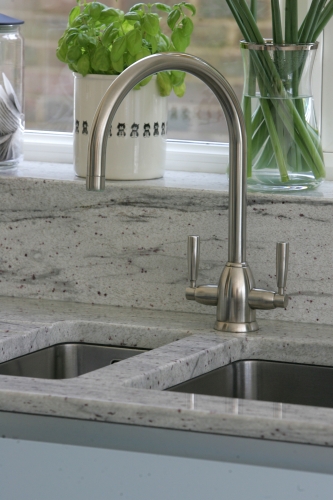

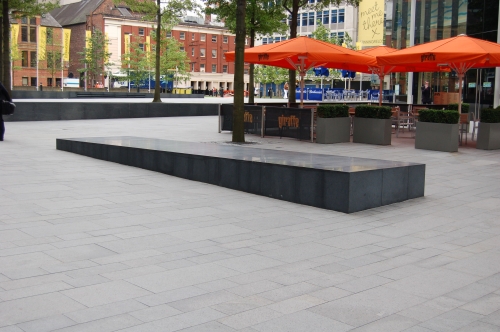
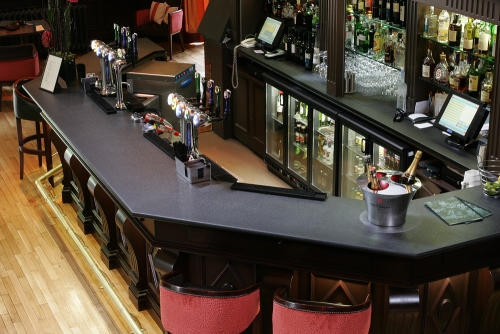
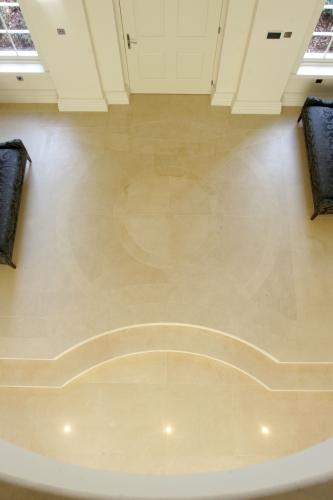
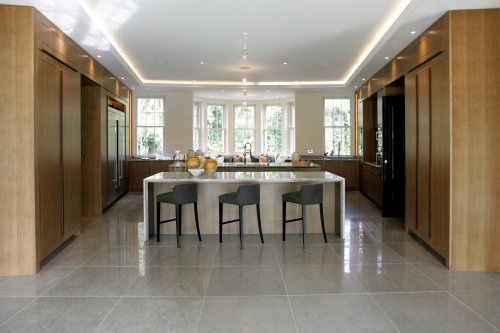
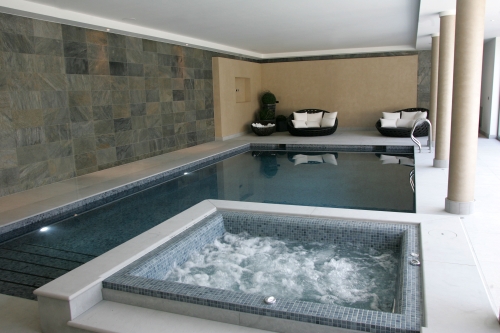
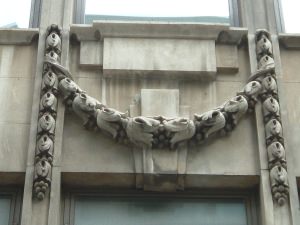
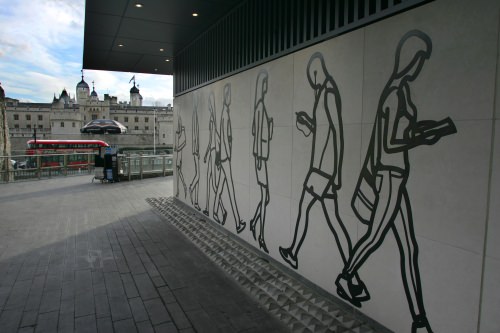
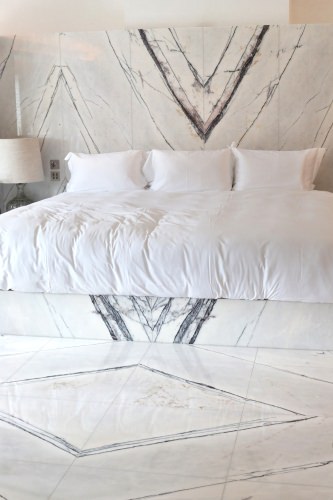
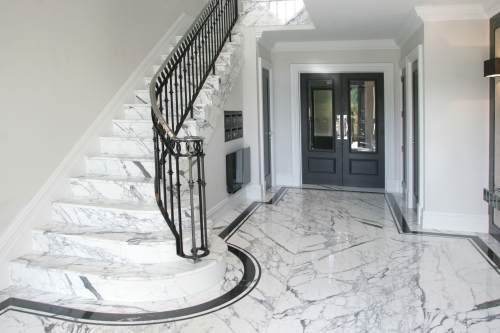
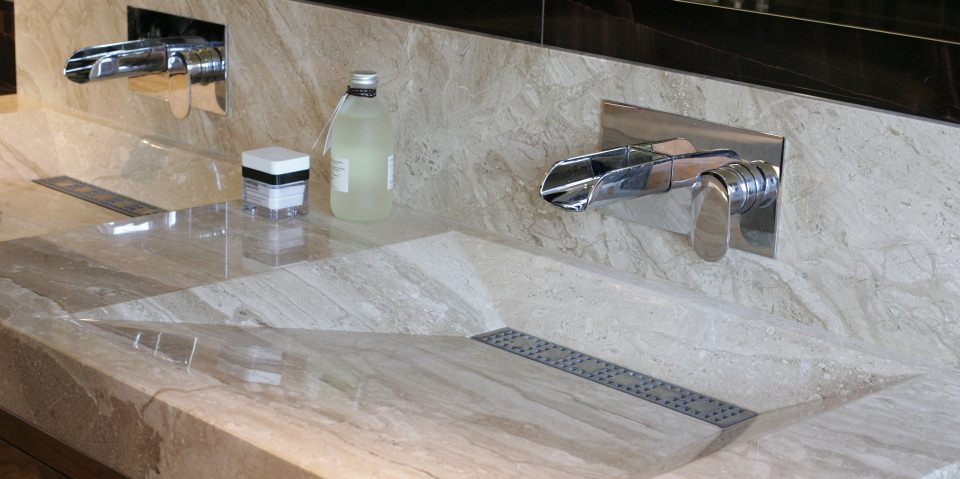

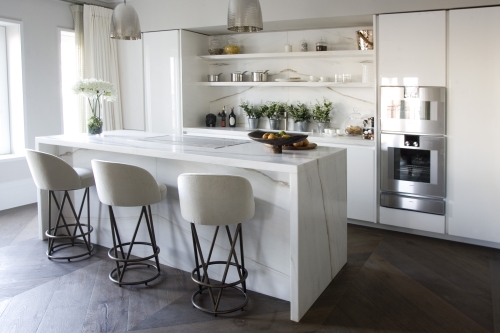
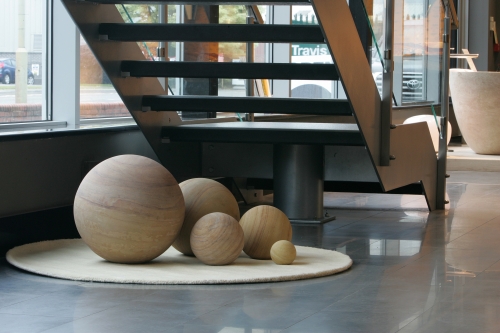
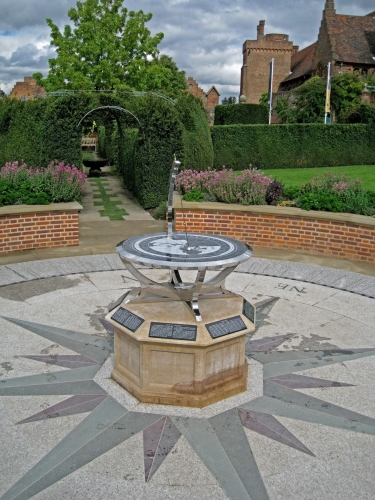
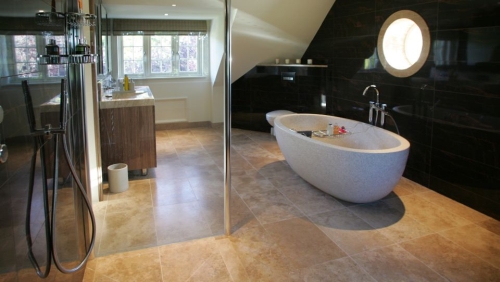


















Comments
EXCELLENT INFORMATION VERY HELPFUL